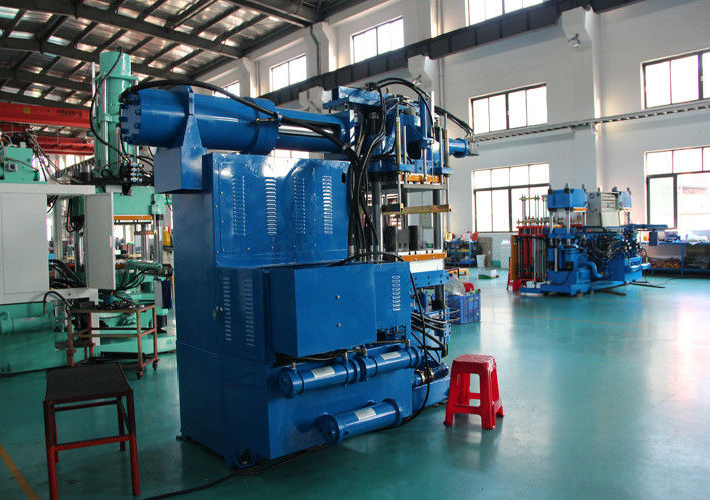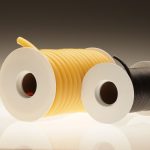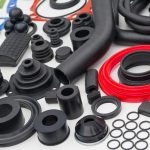
There are different types of moulds used in different manufacturing techniques, such as injection mould, die, die casting mould and extrusion mould. First is the pressing die that is also known as general die. It is made up of semi finished rubber, which is processed through mixing. Mixing is a different kind of rubber manufacturing process.
It is a process that allows rubber to mix with other ingredients. Hence its plastic property and flow property are improved. In this process, the semi finished rubber is put into a die, which is then heated and pressurized. Later by means of heating and pressurization the pressing die is moulded. Working of pressing die is extremely simple and is thus used in a wide range.
Next is the die casting mould where the rubber is put into the cavity of die casting mould. The pressure on casting mould presses the sizing material. By means of a pouring system, the sizing material enters the moulded foam through pores. T last the casting mould is moulded. It is also known as transfer type mould, it is more complex than the pressing mould.
The plus point is that it is quite consistent and is applicable mainly for complex rubber products. The third type of mould is the injection mould. Sizing material in the plastic state is used to make this mould. This mould has a very complex structure. It is widely used to produce complex shaped, large sized and thick-walled products. The production efficiency is quite high. Extrusion die is a typical die and comparatively its usage is even more complex.





